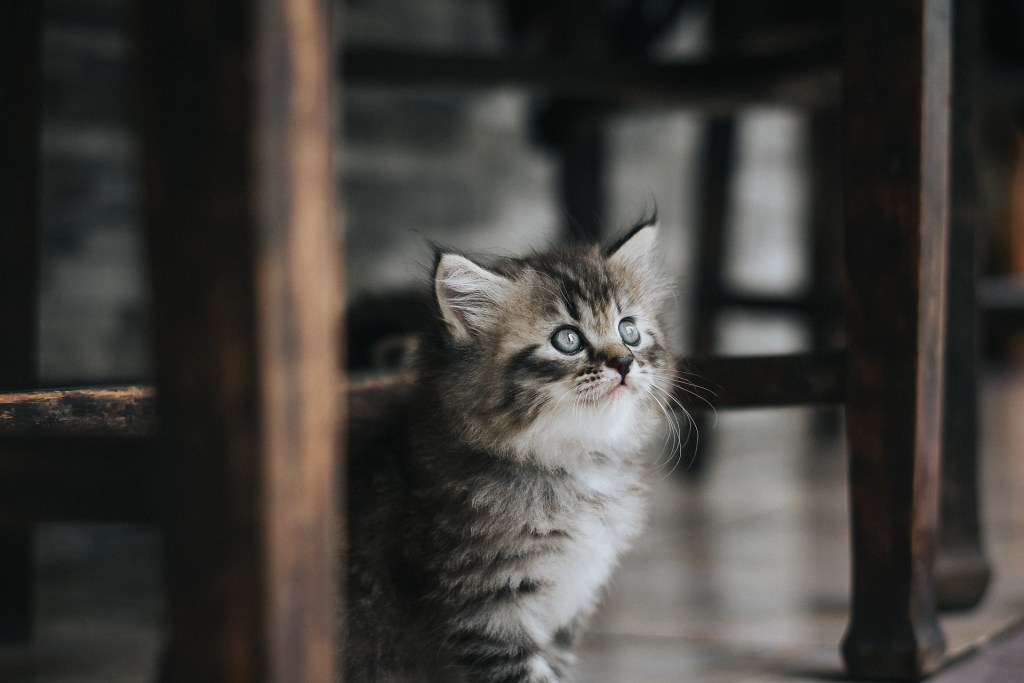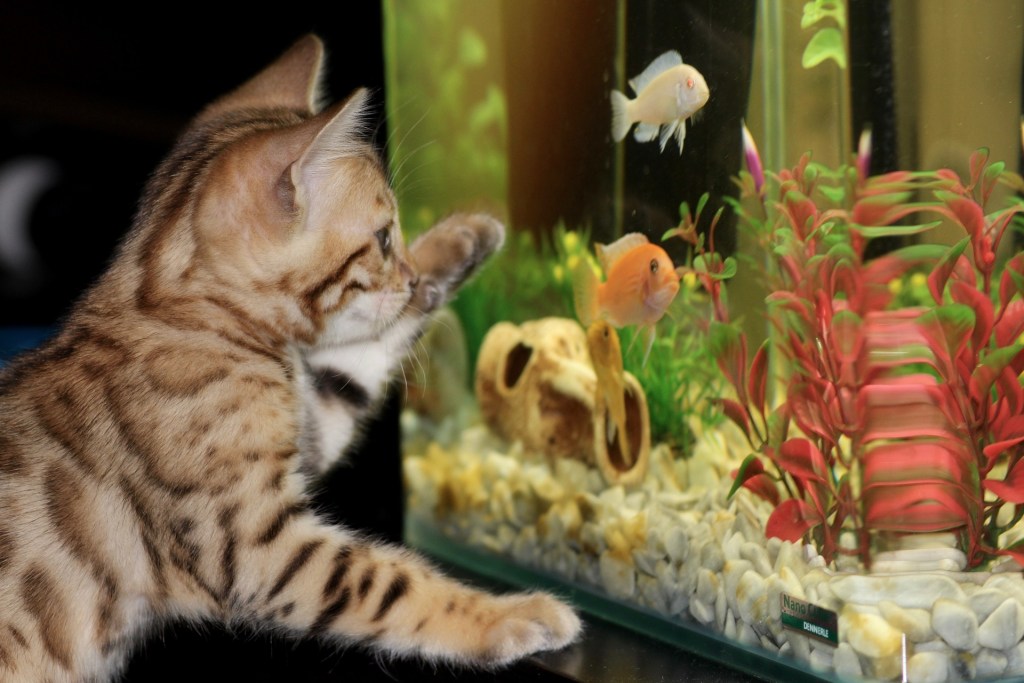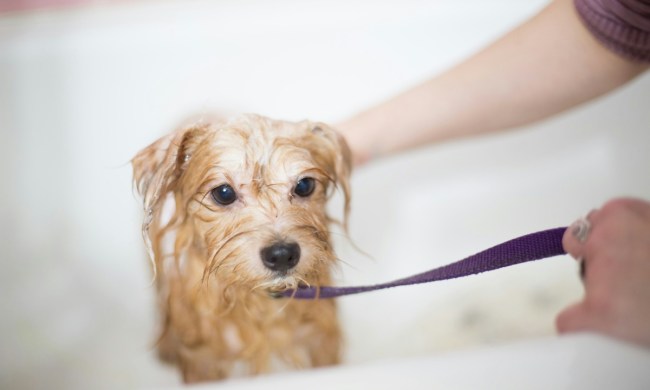Bringing home a new kitten is an exciting time, but before your kitty arrives, it’s important to get your home ready. Kitten-proofing can be a challenge, but it’s an essential step to keep your new family member safe. It’s best to start kitten-proofing your home a few weeks ahead of your kitten’s arrival so you have plenty of time to identify risks and buy any supplies you might need to fix the issues you discover. Even if you have an older cat, it’s still important to get ready for your new kitten’s higher energy, love of exploring, and ability to get into smaller areas. These tips can help ensure you take the right steps to keep your new kitten safe.
Block off access to dangerous areas
Kittens have an impressive ability to find trouble anywhere and get into the smallest places that they shouldn’t. They also are often drawn to warm, cozy areas, which can lead to safety risks. It’s important to be able to identify these potential risky areas ahead of time, which can help keep your kitten safe.
Take a walk through your house and look for these potential problem areas. Block off access to areas like the fireplace and furnaces, and close doors to any areas you don’t want your kitten getting into. Kids’ rooms are often full of small items that kittens could ingest or choke on, so it’s a good idea to make these areas off-limits. You might also want to close dresser drawers and closets. Be sure to secure cabinets closed, especially when they contain materials like cleaning products.
Stocking up on plenty of pet gates can help with this process, but remember that kittens are good climbers, too, and a pet gate might deter them only for a little while. Blocking off entire rooms with a solid door is often the better way to go.

Reinforce window screens
Your kitten may love lying on the windowsill and watching the outdoors, but windows can be a potential hazard, especially when kittens like to climb screens. Window screens aren’t always made to withstand a kitten’s weight, and they might pop out of the window, or the screen itself could pull out of the frame.
Check to make sure that all your screens are properly and firmly installed. If the frame doesn’t stay firmly in the window, consider reinforcing the frame with a few screws. You can also buy safety grates to reinforce your screen door.
If you have windows that you want to keep your kitten away from, consider redecorating. Move furniture away from those windows to make them less easy to access.
Remove risky items
You’ll need to go through your house and remove any items that could put your kitten’s health at risk. Tempting objects like power cords and string might attract kittens, but they could lead to injuries or death. Your kitten might also be intrigued by your houseplants. If you do have plants, verify that they’re nontoxic to cats. Keep any plants out of reach so your kitten doesn’t try to climb or knock them over.
Just before your kitten arrives, do a quick walk-through to make sure you haven’t missed anything, or that your kids haven’t brought out toys since you last cleaned up. Pay particular attention to little items, like rubber bands and string, that your kitten might try to chew.

Stock up on essentials
Kittens are lively, playful, and have a way of getting into everything. Stocking up on items like scratching posts and toys can help. If your kitten scratches the furniture or tries to climb the drapes, you can use these items to redirect her attention. Having plenty of toys can also keep your kitten entertained, reducing the chances that she’ll get into trouble elsewhere.
When you put the extra effort into kitten-proofing your home ahead of time, you’ll be better able to enjoy your time with your new kitten. Since you’ve already addressed the potential risks around your home, you’ll be able to sit back, relax, and get to know your new furry family member. It’s always important to continue to look out for risks in your house, and as your kitten grows, she might start to explore new areas that you hadn’t previously thought about. With vigilant kitten-proofing, though, you can help keep her safe as she grows, explores, and plays.


